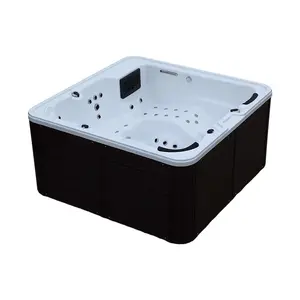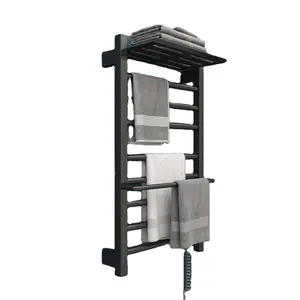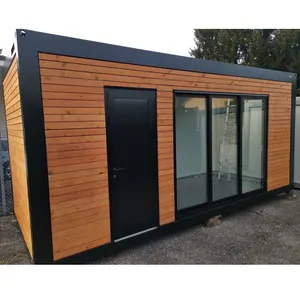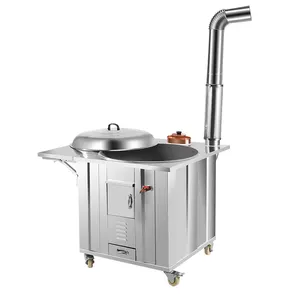Popular in your industry


































































Related Searches:








































































































Top categories
About pex toilet valve
Introduction
Plumbing is a critical aspect of any home, and understanding the components involved is key to maintaining a functional and efficient system. This article delves into the world of PEX plumbing systems, with a particular focus on PEX toilet valves. We'll explore what PEX plumbing systems are, the unique characteristics of PEX toilet valves, their types, and the advantages they offer. We'll also guide you through the installation process, troubleshooting common problems, and when it's time to call a professional. This comprehensive guide aims to equip homeowners with the knowledge they need to make informed decisions about their plumbing systems.
Understanding PEX Plumbing Systems
PEX plumbing systems, shorthand for cross-linked polyethylene, are a cost-effective and flexible alternative to traditional copper pipes. PEX is easier to install, making it a popular choice for remodeling jobs. It's also more resistant to bursting if it freezes, making it a safer choice in colder climates. PEX plumbing requires special tools for connections, and there are several affordable methods suitable for DIY projects. PEX can be installed like other pipes, with main lines and branches to each fixture, but using a home-run system with a manifold can simplify plumbing runs and reduce potential leaks.
What is a PEX Toilet Valve?
PEX toilet valves are a type of valve designed to connect with tubing and piping made from cross-linked polyethylene (PEX). The main difference between them and regular valves is how the connections are made; PEX valves connect to PEX tubing and piping without the use of transition adapters. This makes them suitable for many applications, including shut-off, maintenance, and repair operations. The type of polyethylene used for PEX valve tubing and piping is cross-linked, which results in characteristics that are very good for plumbing applications, including toilets.
Types of PEX Toilet Valves
PEX toilet valves come in different types, each with unique features. PEX push-on shut-off valves are affordable and versatile, compatible with various pipes including copper and different types of plastic piping. They are easy to install as they don't require an external clamp. On the other hand, PEX clamp shut-off valves, also made from PEX material, are cost-effective but are generally only compatible with PEX plastic piping. Both types offer homeowners an efficient solution for controlling water flow to their toilets.
Advantages of Using PEX Toilet Valves
PEX toilet valves, made from the same material as PEX pipes, offer numerous advantages. They are flexible, allowing for easy installation even in complex plumbing configurations. Their durability ensures resistance to damage from freezing, chemicals, and UV rays, reducing the likelihood of leaks and costly repairs. PEX toilet valves are cost-effective, generally less expensive than traditional plumbing materials. They also contribute to energy efficiency due to their low thermal conductivity, retaining heat better than traditional materials. Additionally, PEX toilet valves are safe and hygienic, approved for use in potable water systems, and resistant to bacteria growth.
How to Install a PEX Toilet Valve
Installing a PEX toilet valve involves a few steps. Supply Stops, a type of PEX toilet valve, are available with various supply connections. You can opt for a braided supply line that threads onto the stop valve or a stop valve with an integrated supply connector. When installing a supply line with PEX tubing and connections, measure the distance between the two connectors and add 2 inches. Cut the PEX tubing to this length, then push the tubing into the stop valve and fixture connector. This process makes installation quick and efficient.
Troubleshooting Common PEX Toilet Valve Problems
PEX toilet valves, like other PEX components, can face issues such as leaking joints, low water pressure, and crimp failure. Leaks can be due to incorrect installation or damaged fittings. Low water pressure might be due to clogged pipes or a faulty pressure regulator. Crimp failure, another common problem, can occur due to improper crimping technique or using the wrong size crimp ring. Identifying these issues early and addressing them can ensure the longevity and functionality of your PEX toilet valve.
When to Call a Professional
If you suspect any issue related to your plumbing system at all, contact an experienced contractor who specializes in residential plumbing services immediately. They will provide advice on whether installing new PEX pipelines would benefit your home and make sure everything runs smoothly again soon enough. There is not a set time to repipe your home. However, when you experience the mentioned issues, it is smart to consult with a professional plumber. Old pipes can be harmful to your health. In certain circumstances, dangerous metals may seep in your water. Having your system repiped can be a complicated task, especially if your entire home is receiving this upgrade.
Conclusion
Understanding the intricacies of PEX plumbing systems, particularly PEX toilet valves, is crucial for homeowners. These systems offer numerous advantages, including flexibility, durability, cost-effectiveness, and energy efficiency. While installation and troubleshooting can be done independently, it's important to recognize when professional help is needed. Old pipes can pose health risks, and repiping your home can be a complex task. Therefore, consulting with a professional plumber when issues arise is a smart move. With the knowledge gained from this guide, homeowners can better manage their plumbing systems and ensure their homes remain safe and functional.















































